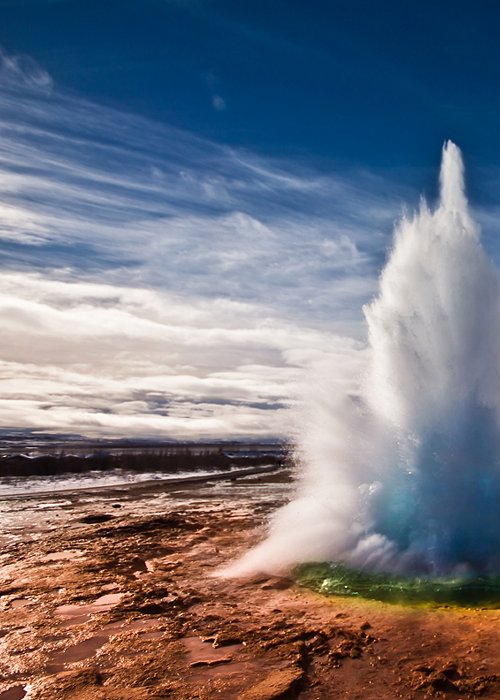Our planet constantly produces energy in the form of heat; from the deepest areas it spreads towards the surface: this is the so called flow of heat or geothermal flow. The heat of the sun heats the Earth’s surface with a flow that is almost 6,000 times greater than what is produced from inside the Earth. However the geothermal flow, that is constant and continuous, is an important source of energy, with an average of 0.06 watts per square metre; from the entire surface of the Earth, a quantity of heat, equal to approximately 30,000 billion watts is radiated.

